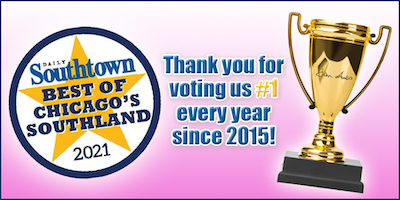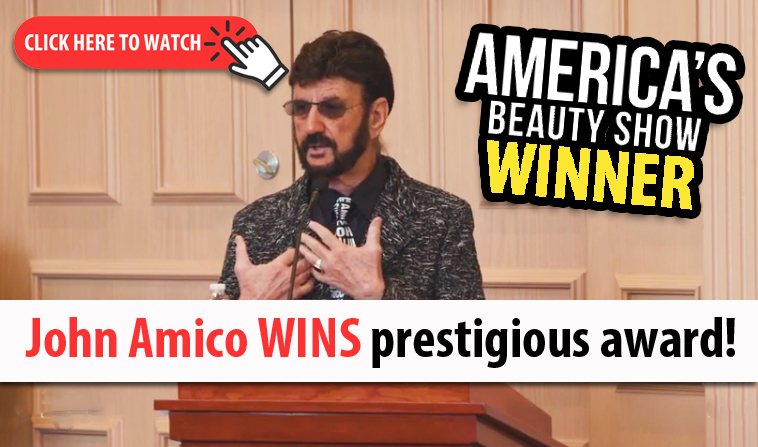Ever wonder about hairstyling through the ages?
In 10,000 B.C. cavemen discovered that their hair kept on growing. It was great to have all that hair in cold weather, but miserable in the heat. Someone finally figured out that they could use whatever sharp object was lying around to chop it off. They also discovered they could use flint to ‘shave’ the hair off of their faces. So, in essence, they were technically the first barbers.
In 1300 B.C. Egyptians had their own ideas. Their ‘thing’ was to shave their heads and then don a wig. Both men and women were doing this. Cool baldness in the day and warm wig on at night? Or was there something more to it?
By 1500 B.C. the Egyptians discovered they could color their hair with henna. A technique that you still see today in hair color and henna tattoos.
Fast forward to 500 B.C. to ancient Greece. Ever wonder where the word, ‘cosmetology’ comes from? Gus from My Big Fat Greek Wedding would tell you that word comes from the Greek word, ‘kosmetikos’. This translates to ‘skilled in the use of cosmetics’.
In about 400 B.C. the Greek women were curling their hair with bronze rods. Thereby making it the first official curling irons?
Here we are in 300 B.C. where hair color and style are de riguer. If you were an ‘upper class’ woman, people knew you by your red hair. ‘Middle class’ women rocked blonde hair and the ‘lower class’ were known by their black hair.
In 1092 A.D. barbering got a boost after a Papal decree required that all of the Roman Catholic clergymen were clean shaven.
When we get to the Renaissance in the 1400s, women of stature would sit there and pluck the front of their hairline to give the effect of a large forehead. Think ‘Mary Queen of Scots’.
Before 1450, barbers were also doing surgeries until Pope Alexander III passed a law that barred clergymen from shedding blood. Until that law was passed, barbers were the ones who were doing the bloodletting, prescribing herbs and even did the dental work of pulling teeth. It was at this time that it was decided surgeons could be the only ones doing surgery and barbers needed to stick to haircutting and shaving.
During the 1500s, ‘Miracle Hair Restorers’ were making the rounds by doctors making strange concoctions. Did they work? Doubt it.
During the 1600s, a world famous hairstylist by the name of Champagne had moved to Paris and opened a hair salon. His clientele were all the uber rich Parisian women. He was so high strung and arrogant that he was known to walk out in the middle of styling someone. He was also audacious enough to insult
wealthy patrons right to their faces.
In 1602, Queen Elizabeth I mass ordered red wigs that were the same color as her natural hair. Of course, all the women wanted to look like her, therefore making the color very popular. At this time, bleached blonde hair was also the rage.
In 1660, male wigs became popular for men with thinning hair. Charles II was the person responsible for this fad which lasted over a 100 years. By 1750, wig powder taxes put this fad out of business.
Marie Antoinette made the ‘tower’ hairstyle popular in the 1700s. Both wealthy English and American women donned this style.
Ever wondered about the start of using shampoo? And how it got its’ name? It comes from the Hindi word ‘champna’. Hairstylists in England made theirs by boiling soap in water and then adding their favorite fragrances and different herbs.
In 1765, Legros de Rumigny was dubbed the very first official hairdresser in the French court. He went on to publish a best-selling book that talked about styling and had pictures of his designs. The book is called, ‘Art de la Coiffure des Dames’.
By 1777, there were approximately 1200 stylists working in Paris alone. At this point, barbers ending up forming unions. They insisted that the hairdressers did as well.
Aerosol hairspray makes its appearance in France. At this time, carbonated beverages came about as well.
By 1845, kinky hair was being straightened temporarily by metal hot combs.
The first curling iron was invented in France by hairstyling icon, Marcel Grateau who was credited with revolutionizing the hair industry.
In 1890, the first Cosmetology School was opened in Chicago by Brisbois and Federmeyer.
By 1900, no matter what your social class, hairstyling was available to you.
1905 brought about the advent of the perm. Charles Nessler, a German hairdresser, invents the first permanent wave. He used borax paste and electric curlers. These perms took 12 hours and were ridiculously expensive for the time.
Synthetic hair dye came about in 1907 by the French chemist, Eugene Schueller. His company is still around today. Can you guess the name? The dye was called, ‘Aureole’. Still can’t guess? If you did guess L’Oreal, you are correct!
Natural hair products were produced by Madame C.J. Walker in 1910. She is credited with the production of the first African-American hair products.
Have you heard of Brylcreem? It was the first marketed men’s hair product that contained mineral oil, beeswax and water. It came on the market in 1928.
In 1930, a two-hour perm called the ‘cold wave perm’ is introduced. Everyone likes it better because it’s ten hours less and much cheaper than Charles Nessler’s 12 hour expensive one.
Fast forward to the 1950s where sew in hair weaves are all the rage.
In 1960, the afro becomes statement hair.
Then, in 1962, John Amico burst on to the scene. With a mother who was an artist and a father who was an architect, John Amico Sr. was destined for a creative career. After attending Notre Dame to pursue an architectural degree, he switched to beauty school. Amico’s determination to succeed came after initial failure. He was fired from his first two salon positions after only days. He started over as a shampoo boy and within six months was as good a hairstylist as anyone he worked with. After one year a client offered him a lease on an empty barbershop next to his business, and John took advantage of this opportunity. He opened his first salon. He spent the next four years training, traveling, winning competitions, and becoming a platform hair artist. His specialty was competitive hair design and creative hair color with European influences,’ The results was winning in the 60’s and 70’s competitions. individually and
with the USA Teams in London, Brighton, Paris, and Amsterdam against world champion hairstylists from 40 countries.
When asked what led to his initial success Amico states, “Not knowing I couldn’t work 7 days a week!” Amico was always entrepreneurial growing up, starting many small businesses. He says, “If you have a dream, you have a vision. A lot of people out there are dream-killers. You have to be able to see what others cannot see.” He initially opened a chain of his own cosmetology schools. Then, he launched “Hair Performers,” as a salon chain in 1973, seeing a need for trendier and younger image full-service hairstyling salons. He manned the businesses with students from his beauty schools and in 1976 had grown to 20 locations. He helped students and staff purchase his branded salon system of their own, telling them, “we’re going to hire you as a future owner.” This phenomenally successful salon chain grew to 225 locations.
In 1986, Amico saw a need for a “value-priced” salon, which was a niche in the market they were not getting. He created ‘We Care Hair’ Salons with Subway sandwich restaurant owner Fred DeLuca and they quickly opened 175 locations. Amico cites DeLuca as a role model and mentor. “We
grew up in franchising together when Subway had less than 60 locations and I had 30 salon locations and today Subway has 42,000 worldwide.
Amico served as a visionary leader for his own cosmetology schools and salon chains until his family decided they wanted him around more. He started selling each of the businesses in the 1990’s and focused on his John Amico Products and Educational Company, which is the oldest family-owned Professional Hair Care Company in the USA having formed in 1962.
During this same period as salon growth in 1975, he introduced his product line called Jami’ which was short of John Amico. His 1st product Curling Iron Texturizer, CIT was an instant winner and today there are over 700 items in his line. He has always formulated his products exclusively for the professional and currently there are tens of thousands of clients that love his products. His professional product line is backed by an online system that professionals can use to sell his products to their clients. He has 5 different lines of hair color with the newest all-natural Biovita Shine. Ammonia-Free, and chemical-free for the most gentle and conditioning color. Thousands of Beauty and Skin Care Professionals use his products on their clients and with amazing results. John Amico Professional Products has grown to be used in thousands of the best salons in North, Central, South America and Europe. Most of his manufacturing is in his plants in USA and Italy where his focus is in organic formulations.
In short, John Amico has always been the ‘future’ of haircare. Always on the cutting edge of technology, teaching and product creation. Professionals and his students are a loyal following, as he has created a family atmosphere and is the ‘father’ always looking after his ‘children’.
For more information on John Amico and his services, text ‘INFO’ to 708.631.2521



